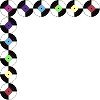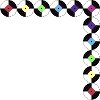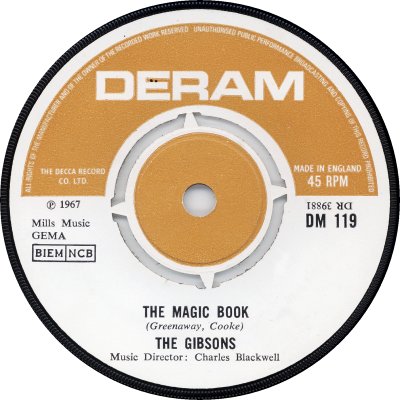


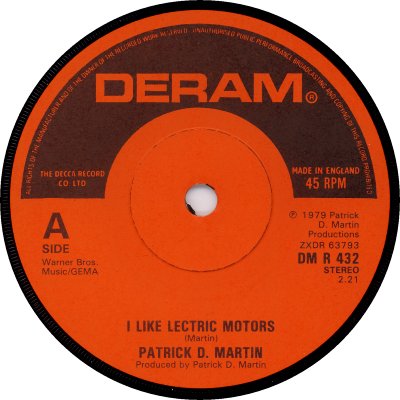
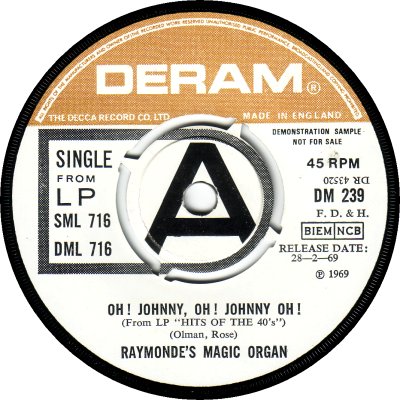
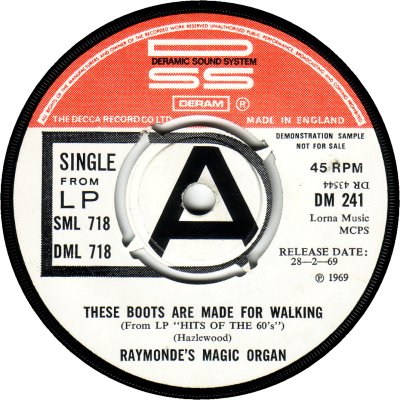
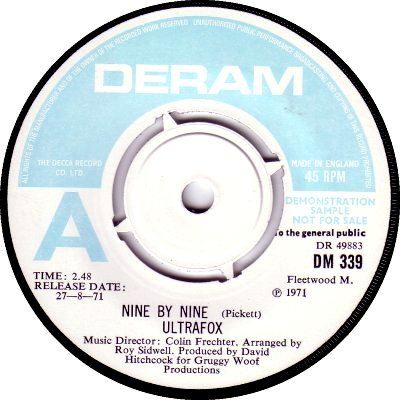
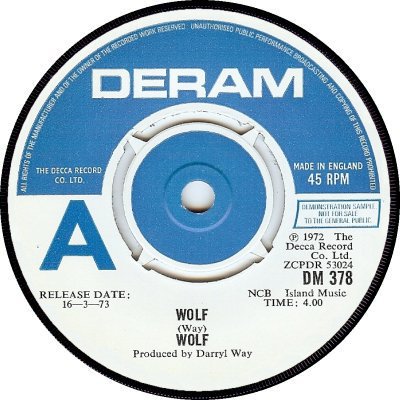
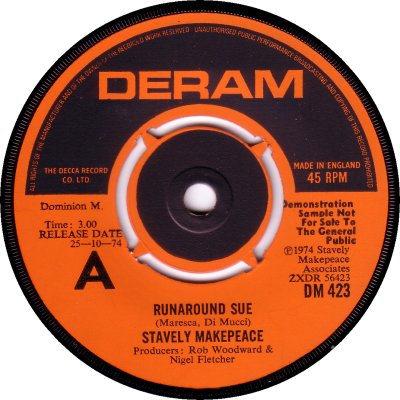
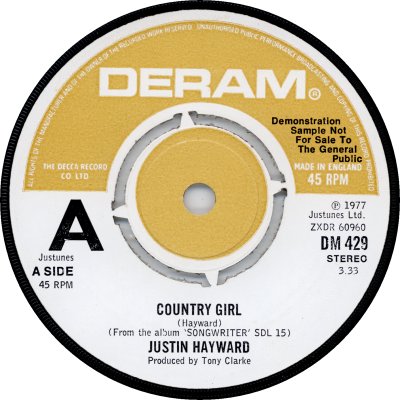
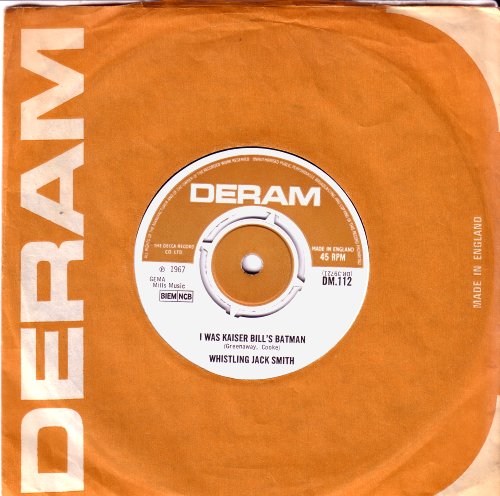
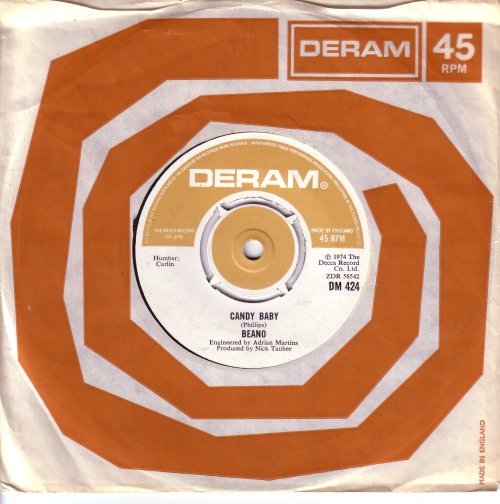
Deram started out in 1966 as a stablemate to Decca. For the first four years of its existence it pursued a broadminded recording policy, venturing into various forms of Rock, Folk, Pop, Jazz and even Easy Listening, but early in 1971 Decca took the decision to move Deram's Pop artists across to Decca and retain the label as a vehicle for more progressive material. Among its biggest-selling artists were Cat Stevens - four Top 30 singles in 1966-67 - Caravan, Camel, and the Moody Blues. The latter's 'Nights In White Satin' (DM-161) entered the Top 20 in 1967, 1972 and 1979; and Procol Harum's, 'Whiter Shade Of Pale' (DM-126) proved equally popular. By the time the '70s came around, however, Stevens had been lost to Island, and the Moody Blues had left to start their own Threshold label. With the exception of an occasional hit from the likes of Junior Campbell, the '70s were a quiet decade for Deram. It released no singles at all in 1976 and 1978, and only three (by Justin Hayward) in 1977, but it enjoyed a revival in 1979-81 as a home for Decca's few Punk / New Wave bands, and even tickled the Charts with singles from such groups as the Modettes and Splodgenessabounds. Throughout most of its life Deram's records were, of course, manufactured and distributed by parent company Decca. When Decca was sold to PolyGram, in 1980, Deram went with it. The familiar fawn-and-white paper label (1) remained basically unchanged more or less to the end of Decca's independent existence, except that in the Spring of 1972 the date migrated across the label (3); the two Deram singles in Decca's 'Demand Performance' series of reissues in 1969 (DM-227, Denny Laine's 'Say You Don't Mind', and DM-228, Amen Corner's 'The World Of Broken Hearts) had black-on-orange labels, the same colour scheme as the 'Demand Performance's on the main label (2). The last two singles of the '70s had similar black-on-orange labels (4). In the PolyGram era the labels were injection moulded. Six different colours of label were used for Deram demos. The light-blue-and-white one (7) was by far the commonest, lasting from the start until June 1974; the blue got darker for a brief period in the Spring of 1973 (8). From June 1974 a black-on-orange promo label was used (9), interspersed with overprinted issue labels (10). 'DSS' design (6), which appeared on records that had been made using the 'Deramic Sound System', and the fawn-and-white demo with the large 'A' (5) were used intermittently in 1968-69. The first company sleeve (11) appears to date from 1966, and seems to have been used only on the first ten or so singles; the second type (12) is by far the commoner one. The discography below only covers the 1970s. Thanks to Robert Bowes for the scan of the dark-blue demo.

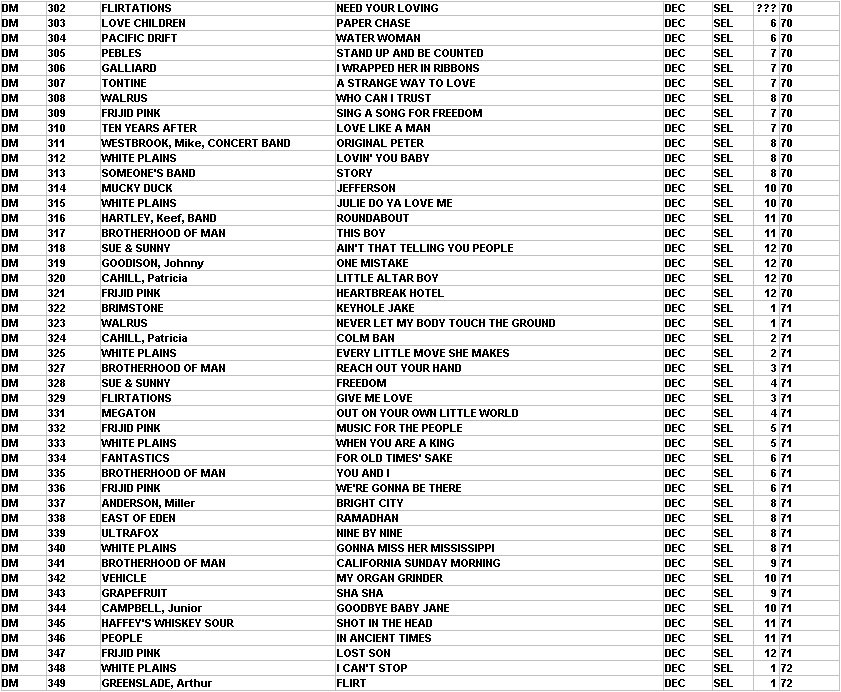
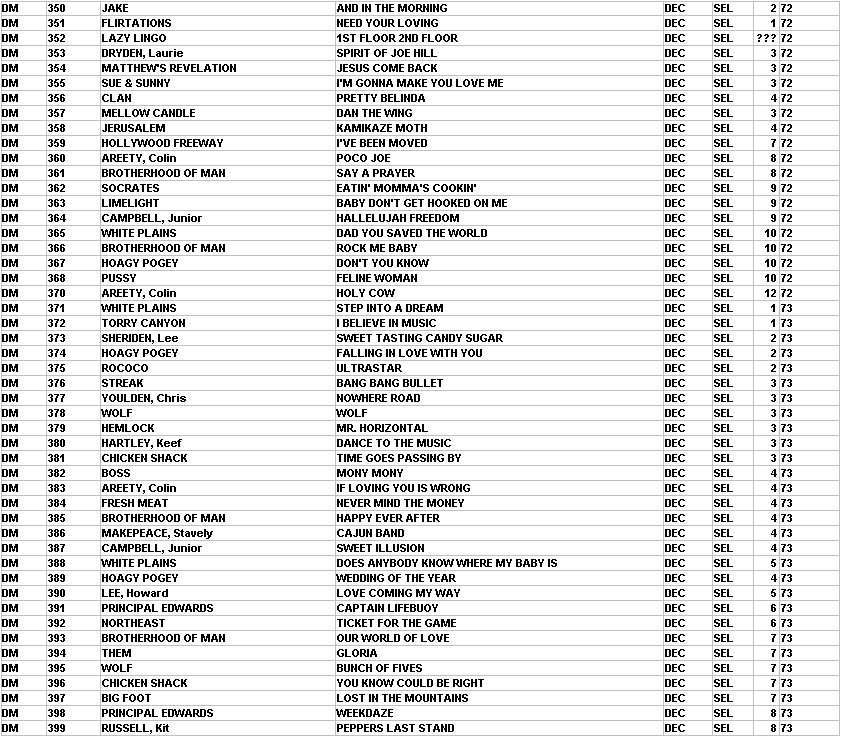

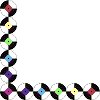

Copyright 2006 Robert Lyons.
